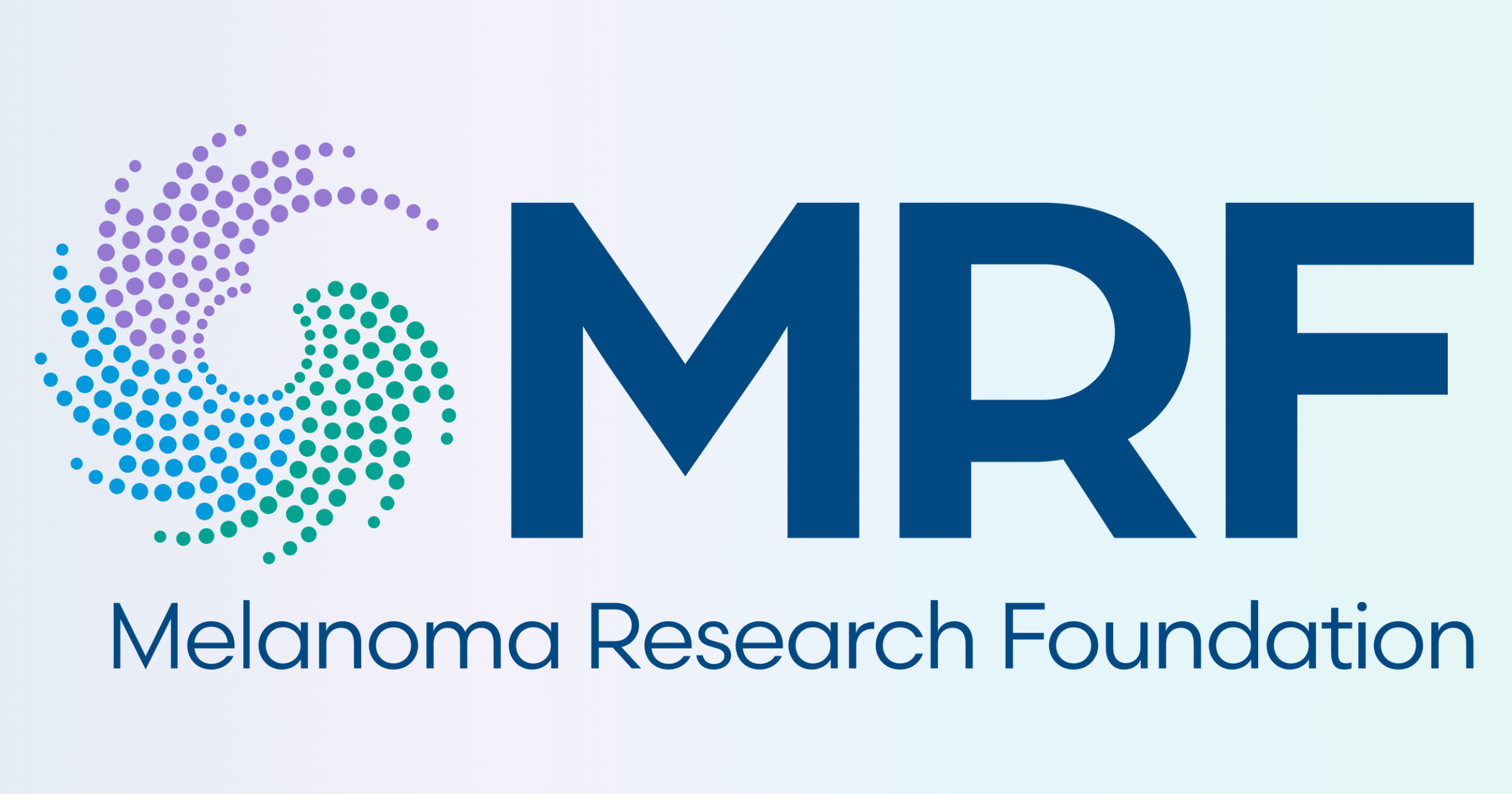Events |
June 27, 2012
Capitol Hill Briefing Addresses How to Fight the Rising Tide of Melanoma

Melanoma Research Foundation Hosts Briefing with Members of Congress, Leading Melanoma Researcher and Survivors of Advanced Melanoma
For Immediate Release: June 27, 2012
WASHINGTON, D.C. — How can policymakers influence the nation’s ability to prevent and treat melanoma – a deadly skin cancer that is growing at epidemic rates among young people? That question was discussed at a Capitol Hill briefing today by members of Congress from both sides of the aisle, a leading melanoma researcher and several notable people personally affected by melanoma.
The Melanoma Research Foundation (MRF) was joined by Representatives Brian Bilbray (R-CA), Carolyn Maloney (D-NY), Rosa DeLauro (D-CT) and Charlie Dent (R-PA), who highlighted their work in the area of melanoma. Each have supported a variety of efforts to reduce the public health burden of what is now the fastest growing cancer in the world, including support of more research funding and proper regulation of tanning beds, a known carcinogen.
Rep. Bilbray discussed the legislation he co-authored with Rep. Maloney and recently introduced, the Melanoma Research Act of 2012. The legislation would designate existing funds from the tanning salon tax to fuel urgently needed research. He was joined at the briefing by his daughter, Briana, who is currently being treated for Stage III melanoma. They discussed the challenges of fighting the disease with limited treatment options.
“The field of melanoma research is very promising right now, and if we are smart about funding this research, we can have better answers for people with melanoma and meet the growing public health challenges we are facing with this disease,” Bilbray said.
Former Miss Colorado and Miss America Rebecca King Dreman, and her daughter, former Miss Colorado Diana Dreman, also joined the briefing. King Dreman was diagnosed with Stage IV metastatic melanoma in 2010 and quickly learned that she faced limited treatment options. Shortly after her diagnosis, she enrolled in a clinical trial and, two years later, her scans are unable to detect any tumors in her body. After watching her mother’s experience, the younger Dreman dedicated her crown and career to reaching young women with messages about reducing the risk of melanoma, including important cautions about tanning.
Rebecca King Dreman’s experience highlights what researchers are seeing with increasing frequency. Recent advances mean that researchers have two clear pathways by which to develop new treatments—by either engaging the immune system against melanoma or by identifying specific genetic mutations and using a drug to target that mutation. Because of these advances, new treatments are on the horizon. Dr. Jeffrey Gershenwald of the University of Texas MD Anderson Cancer Center discussed clinical trial results that were announced at the American Society of Clinical Oncology (ASCO) annual meeting in June. Treatments based on each of the two promising approaches generated news and significant excitement in the research community. This research follows last year’s FDA approval of two new drugs – one an immunotherapy drug and the other a “targeted” therapy drug – after a gap of 13 years. Gershenwald highlighted the role that public funding can have in accelerating research and making new treatments available to people with melanoma.
“The melanoma research community is excited by the news from the annual ASCO meeting. The reports show incredible promise – clinical trials demonstrated that combined therapies can delay disease progression and other therapies have been found to shrink tumors in people with advanced melanoma,” Gershenwald said. “We must pursue these leads and developments. Congress can play a critical role in helping new treatments become a reality for patients by supporting public funding for melanoma research.”
During the briefing, the MRF’s executive director, Timothy J. Turnham, cited recent reports that demonstrate a growing epidemic of diagnoses. A report by the Mayo Clinic found that the rate of diagnosis in young women has increased eight-fold in the last four decades. Another report issued by the CDC showed that the number of people tanning and burning, key risk factors in melanoma, is on a precipitous rise.
“We have before us a clear choice. We can either take decisive action to support the development of better treatment options and reduce people’s exposure to known risks factors, or we can stand by and watch this disease take a growing number of mothers, fathers, daughters and sons,” Turnham said.
“Representatives Bilbray, Maloney, DeLauro and Dent have shown continued dedication and leadership in the fight against this deadly disease,” Turnham added. “Regardless of party affiliation, we think all members of Congress and their staff can walk away from today’s briefing understanding their role in making a difference in the fight against melanoma.”
For more information about the MRF and treatment options for melanoma, visit www.melaresearcstg.wpengine.com.
Media Contact: Lauren Smith, JPA
(202) 591-4065
Lauren@jpa.com
Lauren@jpa.com
# # #
About Melanoma
Melanoma is one of the fastest growing cancers in the United States and can strike men and women of all ages, all races and skin types. With a one in 50 lifetime risk of developing melanoma, nearly 76,000 Americans are expected to be diagnosed with the disease in 2012, resulting in over 9,000 deaths. Melanoma is the most common form of cancer for young adults 25- to 29-years-old and the second most common cancer in adolescents and young adults 15- to 29-years-old. The majority of melanomas occur on the skin; in fact, melanoma is the most serious type of skin cancer. Melanoma can also occur in the eye (ocular, or uveal melanoma), in mucous membranes (mucosal melanoma), or even beneath fingernails or toenails.
Melanoma is one of the fastest growing cancers in the United States and can strike men and women of all ages, all races and skin types. With a one in 50 lifetime risk of developing melanoma, nearly 76,000 Americans are expected to be diagnosed with the disease in 2012, resulting in over 9,000 deaths. Melanoma is the most common form of cancer for young adults 25- to 29-years-old and the second most common cancer in adolescents and young adults 15- to 29-years-old. The majority of melanomas occur on the skin; in fact, melanoma is the most serious type of skin cancer. Melanoma can also occur in the eye (ocular, or uveal melanoma), in mucous membranes (mucosal melanoma), or even beneath fingernails or toenails.
About Melanoma Research Foundation
The Melanoma Research Foundation (MRF) is the largest independent, national organization devoted to melanoma in the United States. Committed to the support of medical research in finding effective treatments and eventually a cure for melanoma, the MRF also educates patients and physicians about prevention, diagnosis and the treatment of melanoma. The MRF is an active advocate for the melanoma community, helping to raise awareness of this disease and the need for a cure. The MRF’s website is the premier source for melanoma information seekers. More information is available at www.melaresearcstg.wpengine.com.
The Melanoma Research Foundation (MRF) is the largest independent, national organization devoted to melanoma in the United States. Committed to the support of medical research in finding effective treatments and eventually a cure for melanoma, the MRF also educates patients and physicians about prevention, diagnosis and the treatment of melanoma. The MRF is an active advocate for the melanoma community, helping to raise awareness of this disease and the need for a cure. The MRF’s website is the premier source for melanoma information seekers. More information is available at www.melaresearcstg.wpengine.com.




